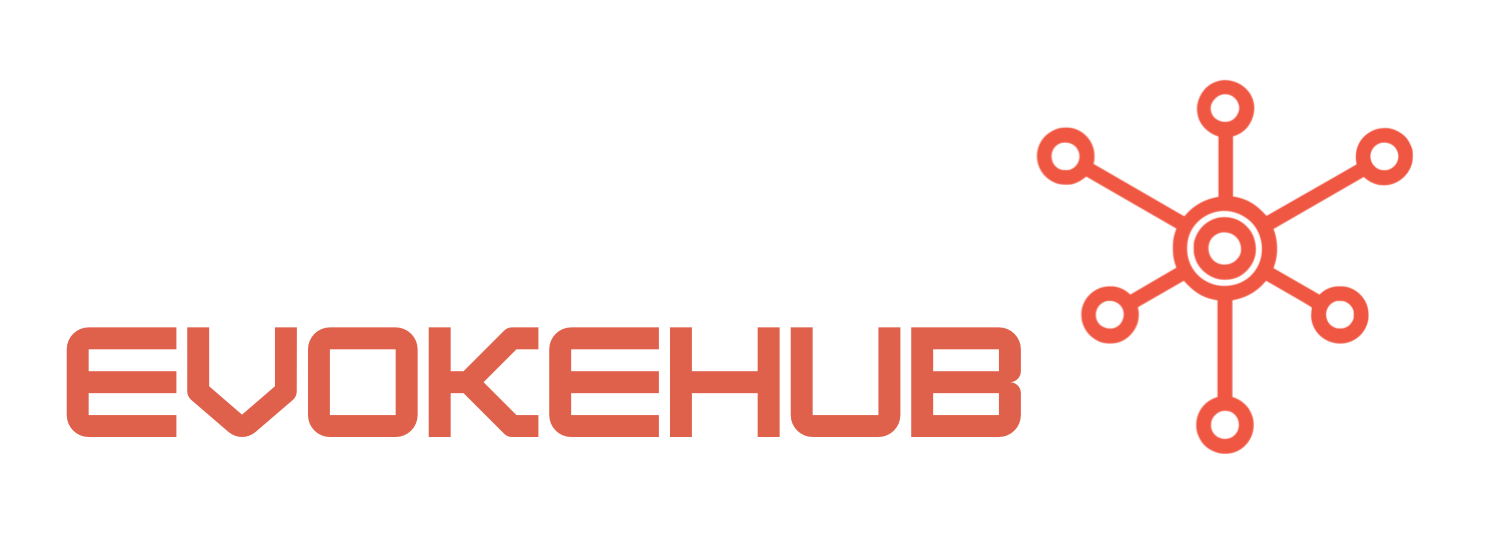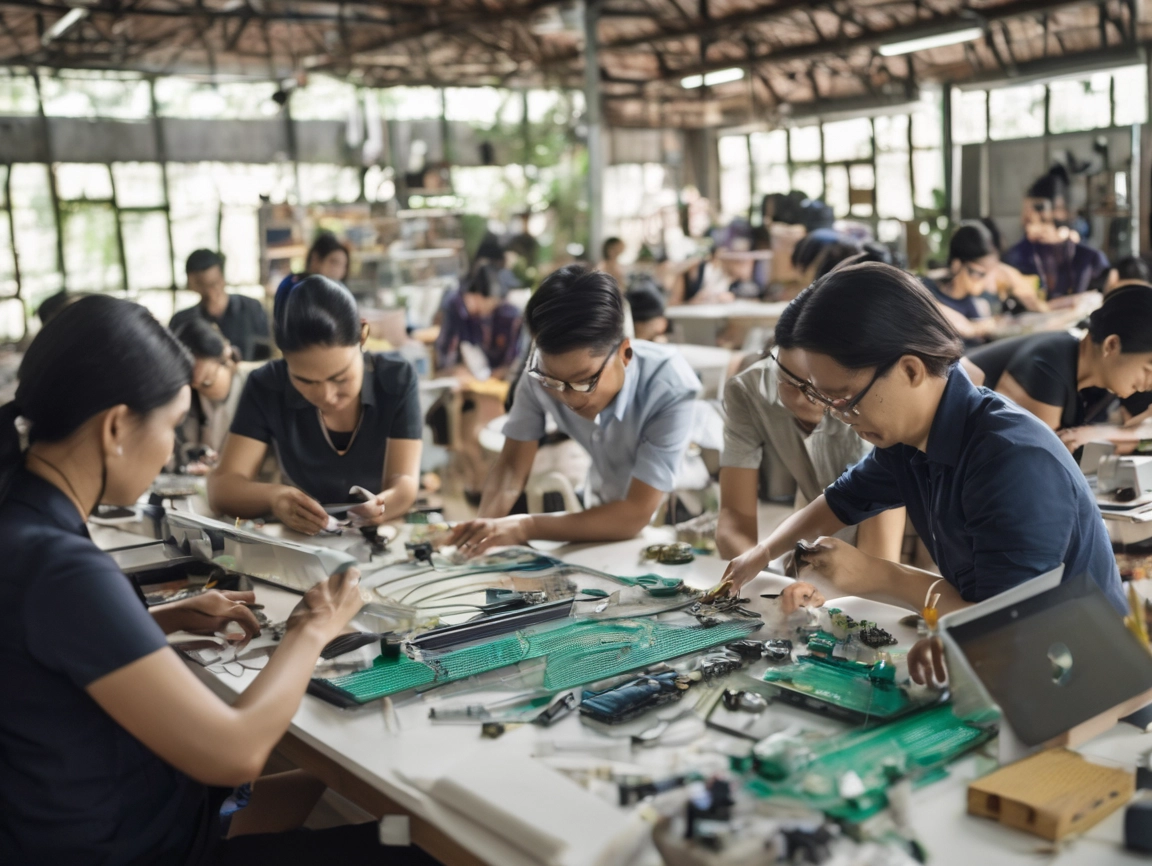Innovations in Thai Product Design: Embracing Lean Principles
Thai product designers are pioneering the integration of lean principles into their design processes. Lean development focuses on maximizing customer value while minimizing waste, a philosophy that aligns well with Thailand’s commitment to sustainability and quality. Designers are adopting methodologies such as Design Thinking and Agile, which emphasize iterative development and customer feedback. This shift is reflected in various sectors, from furniture design to technology products, where designers are increasingly prototyping and testing concepts before full-scale production.
One notable example is the rise of collaborative design environments in Thailand. Many design studios are now working closely with manufacturers and even customers to ensure that the final product meets market demands. This collaborative approach not only shortens development cycles but also fosters innovation by enabling rapid iteration and testing. The use of digital tools, such as CAD and 3D printing, further enhances this process, allowing designers to visualize and modify products with unprecedented speed and accuracy.
Furthermore, Thai designers are leveraging local materials that reflect the country’s heritage while also considering sustainability. By focusing on eco-friendly materials and production methods, they are able to create products that appeal to environmentally conscious consumers both domestically and abroad. This innovative blend of tradition and modernity allows Thai product designers to carve a niche in the global market, establishing Thailand as a hub for high-quality, sustainable design.
The Impact of Lean Development on Thailand’s Design Industry
The adoption of lean development strategies has had a transformative effect on Thailand’s design industry. By streamlining processes and focusing on customer needs, designers are able to reduce time-to-market for new products. This agility is crucial in an era where consumer preferences shift rapidly. For instance, tech startups in Thailand are now able to launch products that are not only well-designed but also closely aligned with user expectations, significantly increasing their chances of market success.
Moreover, lean development fosters a culture of continuous improvement within design teams. As designers and engineers collaborate more closely and share insights, they can identify inefficiencies and enhance their workflows. This collaborative environment nurtures innovation and encourages team members to take calculated risks, ultimately leading to more creative solutions and higher-quality products. Workshops, hackathons, and design sprints have become common practices, reinforcing this culture of innovation and continuous learning.
The economic implications of adopting lean principles are also noteworthy. As designers produce higher-quality products more efficiently, they can compete more effectively in the global market. This competitiveness not only boosts the local economy but also attracts foreign investment, further stimulating growth in Thailand’s design sector. Institutions like the Thailand Creative & Design Center (TCDC) are actively promoting lean principles, providing resources and support for emerging designers to thrive in this dynamic environment.
In conclusion, Thai product designers are at the forefront of a significant transformation in the design industry, driven by the principles of lean development. By embracing innovative methodologies, fostering collaboration, and focusing on sustainability, these designers are not only enhancing their competitive edge but also contributing to the broader economic landscape of Thailand. As this trend continues to evolve, it holds the potential to position Thailand as a leading player in the global design arena, demonstrating the power of lean principles in shaping the future of product design.




